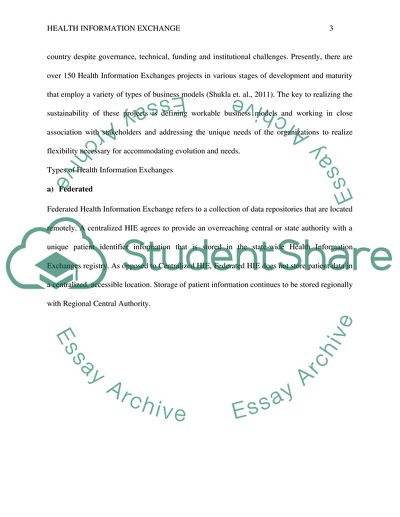Cite this document
(Health Information Exchange Research Paper Example | Topics and Well Written Essays - 2500 words, n.d.)
Health Information Exchange Research Paper Example | Topics and Well Written Essays - 2500 words. Retrieved from https://studentshare.org/health-sciences-medicine/1817085-health-information-exchange-hie-software
Health Information Exchange Research Paper Example | Topics and Well Written Essays - 2500 words. Retrieved from https://studentshare.org/health-sciences-medicine/1817085-health-information-exchange-hie-software
(Health Information Exchange Research Paper Example | Topics and Well Written Essays - 2500 Words)
Health Information Exchange Research Paper Example | Topics and Well Written Essays - 2500 Words. https://studentshare.org/health-sciences-medicine/1817085-health-information-exchange-hie-software.
Health Information Exchange Research Paper Example | Topics and Well Written Essays - 2500 Words. https://studentshare.org/health-sciences-medicine/1817085-health-information-exchange-hie-software.
“Health Information Exchange Research Paper Example | Topics and Well Written Essays - 2500 Words”, n.d. https://studentshare.org/health-sciences-medicine/1817085-health-information-exchange-hie-software.


